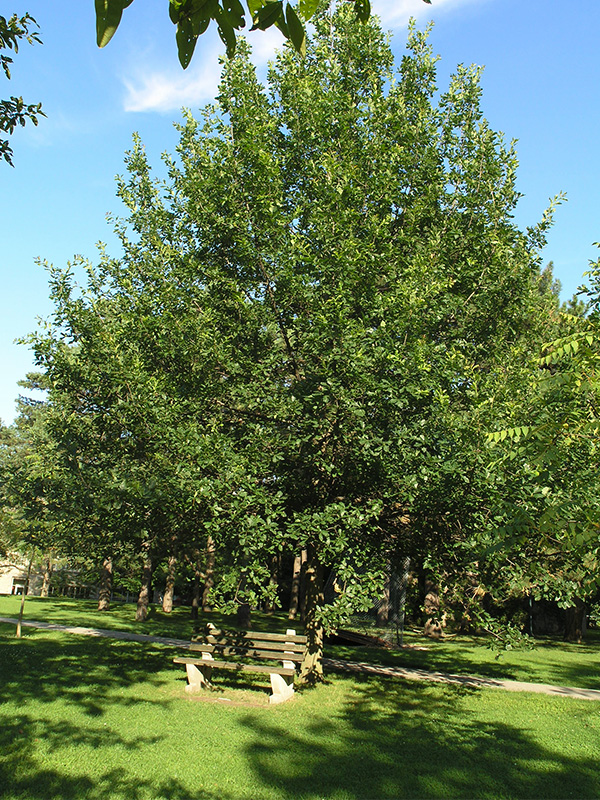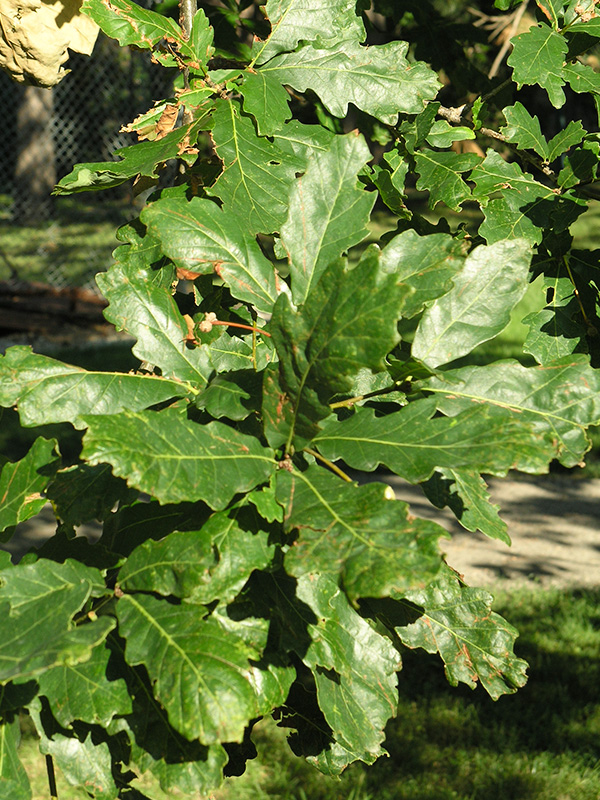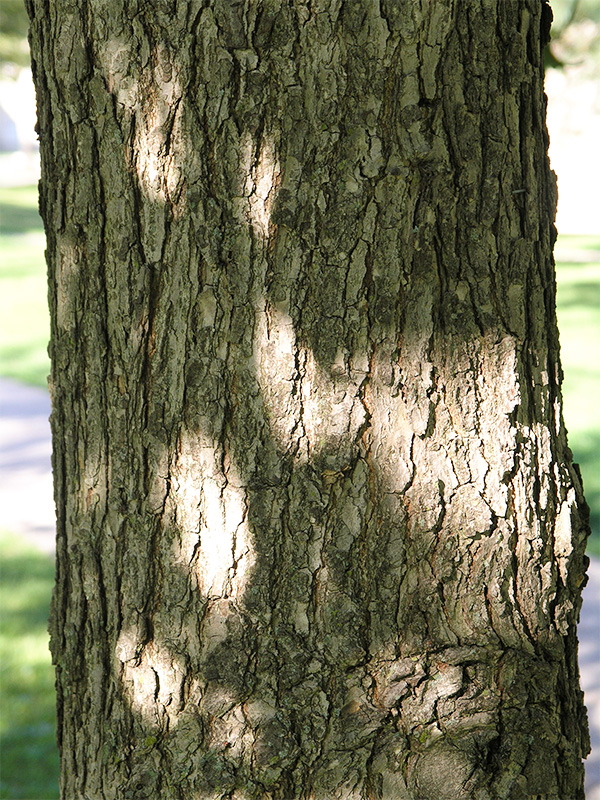
Woody > Quercus > Quercus alba > Quercus alba
Quercus alba
White Oak, Eastern White Oak
Origin: Native to North America. This species has been placed on the IUCN Red List as least concern.
| Family |
| Fagaceae |
| Genus |
| Quercus |
| Species |
| alba |
| Category |
| Woody |
| Type |
| Tree (deciduous) |
| Pronunciation |
| USDA Hardiness Zone |
| 3 - 9 |
| Canadian Hardiness Zone |
| 4 |
| RHS Hardiness Zone |
| H7 - H3 |
| Temperature (°C) |
| -37 - (-1) |
| Temperature (°F) |
| -35 - 30 |
| Height |
| 24 - 33 m |
| Spread |
| 20 - 30 m |
Photographs
Description and Growing Information
Flowering Period
| General Description |
| A large tree, often a rounded pyramidal form, leaves frequently blemished and best suited to the naturalized landscape. |
| Landscape |
| Limited use in the cultured landscape since there are many more attractive options. Suited to naturalization projects and park-like landscapes. |
| Cultivation |
| Moist, acidic, well drained soil in full sun. Drought tolerant. |
| Shape |
| Irregularly spreading, often horizontally, large and rounded crown. |
| Growth |
| Medium |
| ID Characteristic |
| Shallow lobed leaves, shiny green on top and dull underside. |
| Pests |
| Tent caterpillar, gypsy moth, oak leaftier, oak leaf-roller, scarlet oak sawfly, anthracnose, oak tatters, oak wilt and mistletoe. |
| Habitat |
| Dry slopes, low lands, ravines and valleys at an altitude of 0-1,600 m. |
| Bark/Stem Description |
| Finely fissured, scaly plates, twigs maturing and glabrous. |
| Flower/Leaf Bud Description |
| Ovoid, pointed and 3 mm in length. |
| Leaf Description |
| Elliptic, frequently blemished, 3-9 deep rounded lobes, a cuneate base, a deep red midrib and 5 - 7 secondary veins on either side of the midvein, 8-20 cm long and 5-10 cm wide. |
| Fruit Description |
| Acorns, long and egg shaped. About 2 - 3 cm in length. |
| Colour Description |
| Bark is light grey. Leaves have a bright green top, whitish-grey underside and are reddish-brown in autumn. |
| Texture Description |
| Smooth and thin. |
| Notable Specimens |
| Basking Ridge, New Jersey, United States of America. The oldest white oak in North America (600 years old). |
| Propagation |
| Commonly through seed. |


